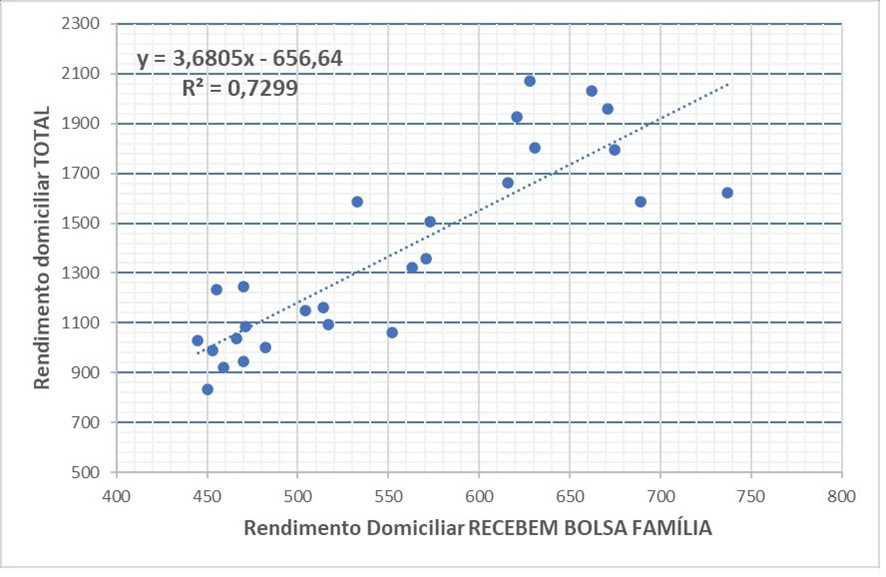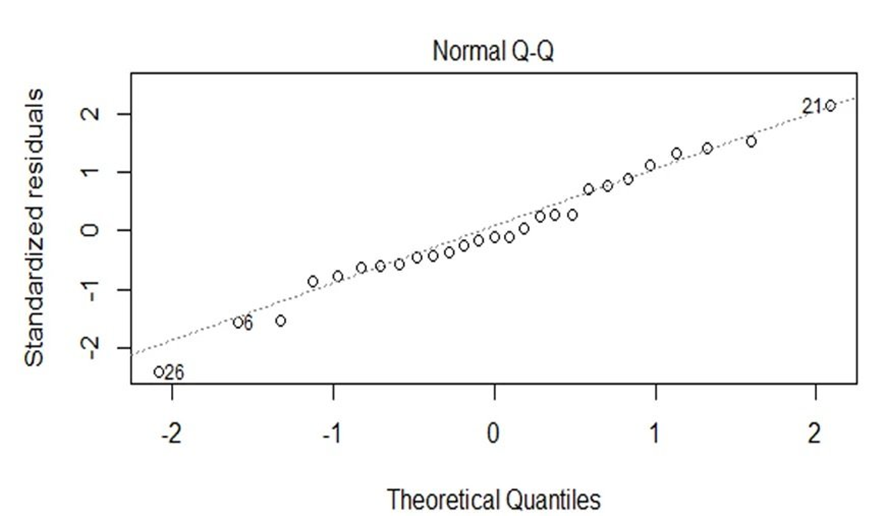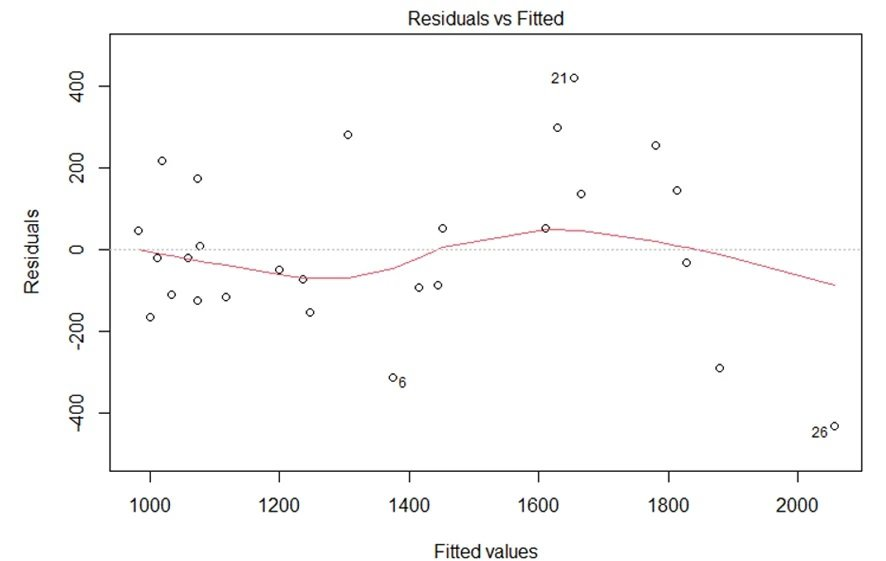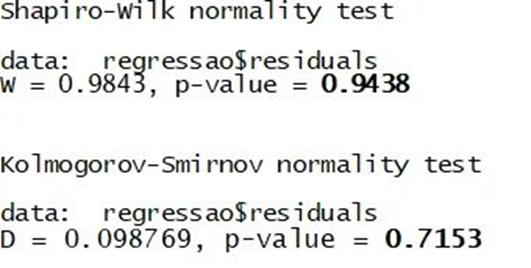IMPACT OF BRAZILIAN AID (BOLSA FAMÍLIA) ON AVERAGE PER CAPITA HOUSEHOLD INCOME OF BRAZILIANS IN 2022
By Daniel Christian Henrique, Luiz Ricardo Mendes da Silva and Ivan Aune de Aguiar Filho (Probolsas extension scholarship holder)
The GPFA began a comparative study on the evolution of the impact generated by the per capita household income of the Bolsa Família social program (or former Auxílio Brasil) on the average per capita household income of Brazilians (click here to read), by Federation Units. In the first study, this relationship was compared between 2012 and 2019. Subsequently, in 2020, the world entered a state of global health emergency, with social isolation, deepening poverty and recession across the world. During this period, a substitute social program was in force in Brazil, Emergency Aid - generated as a result of the closure of numerous economic sectors and rising unemployment. Its reach of beneficiaries was much higher than Auxílio Brasil (UOL Economia). After, finally, the entire pandemic period, and with the rate of employability growing semester after semester, returning to pre -pandemic levels (and not that they were high or good...), it becomes opportune to make another comparison, now, with the year 2022 – when Emergency Aid had already been revoked and Auxílio Brasil was resumed, in addition to the necessary reductions for beneficiaries of the previous program.
In 2022, a broad easing of health restrictions was implemented, as well as the end of the global emergency arising from the Covid-19 virus. It is worth remembering that in that same year the federal government from the previous mandate was still in force, which they called this social program Auxílio Brasil.
Another important data for 2022: it broke its record in income transfer through the program in December, reaching 21.6 million benefiting families who received total resources of around R$13 billion, generating an average household income of R$607 .14 for the families covered. In addition, Auxílio Brasil received an increase in August, reaching R$600.00. Between the months of January and July the value of the benefit was R$400.00 (Correio dos Municípios, UOL Economia).
The Northeast region had the highest number of families benefiting (9.9 million), followed by the Southeast (6.46 million), North (2.62 million), South (1.46 million) and Central-West ( 1.15 million) (Correio dos Municípios). In percentage terms, the year 2022 recovered the reach it had ten years before: exactly 16.9% of families with someone benefiting from the program in 2022 against 16.6% in 2012 (Piauí), just as in 2022 the number of participation of income transfer programs in average monthly income per capita, reaching 4.6% against 4% in 2021 (UOL Economia).
In this context, the GPFA will launch its contributory study, relating the following IBGE variables collected for the year 2022:
- Dependent Variable (Y) : total average per capita household income by Federation Units, at average prices for the year (IBGE, 2023a)
- Independent Variable (X) : average real monthly household income per capita, of those who receive Bolsa Família, by Federation Units, at average prices from the last year (IBGE, 2023b).
The metric addressed was simple regression, with the elimination of an outlier: the Federal District (DF), given its much higher income than the other units of the federation, causing problems in the normality of the residuals in the equation. The results obtained were:

Predictive Equation:

It is noted that the equation has good quality , with approval of its coefficients and passing the F test. The degree of adjustment by R 2 was 72.99% , considered excellent compared to the approach exclusively of socioeconomic variables. However, the approval of its waste also deserves attention:



The graphs and tests indicate the normality of the residuals in the equation. Therefore, there is no impediment to its use for prediction. Initially, it is important to highlight that the average household income per capita by Federation Units (at average prices for the year and disregarding the DF) increased by 19% in 2022 compared to 2021 (IBGE). And, again in 2022, there is a leverage effect in which household income increases more than proportionally for each R$100.00 (or R$1.00) increase in government aid. The best understanding lies in the cascade effect that spending on food and other essential consumer items and services causes throughout the national production chain, increasing the national GDP.
CONCLUSIONS:
- Observing the values of the beta coefficient of the independent variable of the equation found, for each R$ 1.00 increase in per capita household income of those who received Auxílio Brasil in 2022, there was an increase of R$ 3.68 in income average per capita household of Brazilians.
- Compared to 2019 , there was a slight decline. The regression developed for 2019 showed an increase of R$3.96 in the average per capita household income (GPFA) compared to a R$1.00 gain in the per capita household income of those who received Auxílio Brasil (terminology of the period).
- Compared to ten years ago, 2012 , it is noted that the same level of impact on total income has not yet been reached. In that year, the predictive equation pointed to an increase of R$3.75 in average per capita household income (GPFA) for every R$1.00 gain in per capita household income of those who received Bolsa Família (terminology of the period).
- That said, after the critical period of the pandemic and the resumption of face-to-face activities in 2022, Auxílio Brasil maintained its role of helping the most vulnerable populations after the extinction of Emergency Aid, but will need some more time to increase the average income per year. capita in the pre -pandemic years.
- Looking at the average value for all months of the year in all Federation Units, except the Federal District, the increase was 19% in 2022 compared to 2021.
In this year 2023 , with the return of the Bolsa Família nomenclature by the new elected government, its value remained at R$600.00, but with increases: an additional R$150.00 per child up to six years old - maximum two additional (Exam). Therefore, future studies will be developed by the GPFA in order to observe whether these supplements will restore the pattern of increasing the total average per capita income of the Brazilian population.
References: Correio dos Municípios , Exame , IBGE (a) , IBGE (b) , IBGE (c) , GPFA , Piauí , UOL Economia.
How to cite this study? (ABNT standard)
HENRIQUE, Daniel Christian; MENDES-DA-SILVA, Luiz Ricardo; AGUIAR-FILHO, Ivan Aune. Impact of Bolsa Família (Auxílio Brasil) on the average per capita household income of Brazilians in 2022. 2023. Developed by GPFA - Analytical Finance Research Group. Available at: https://www.gpfa.com.br/informes/auxilio-brasil-2022 . Accessed on: (date of access to the website).